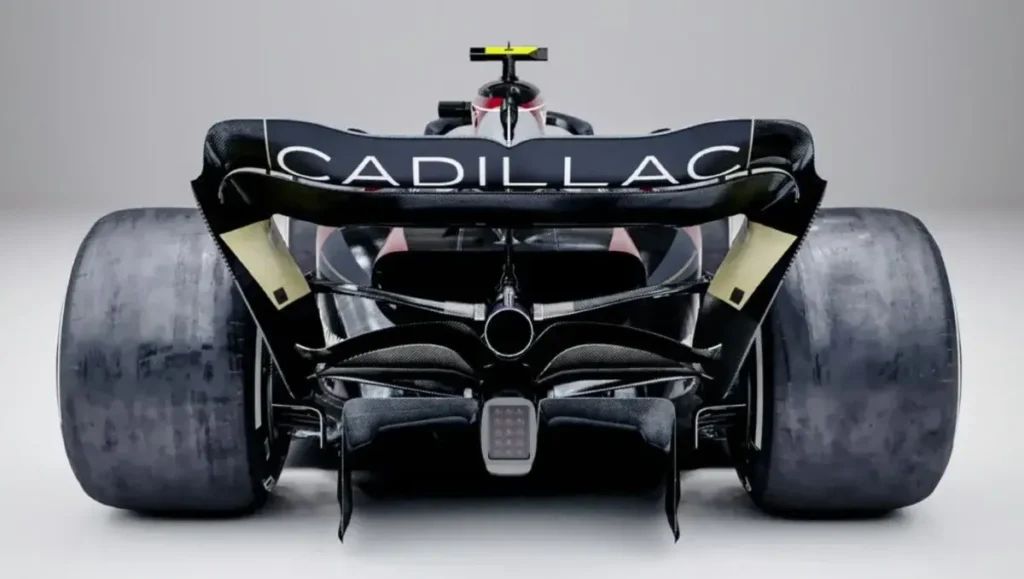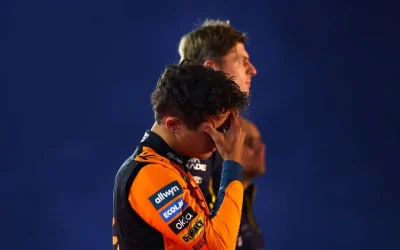The race to develop F1’s 2026 cars officially began on January 1st. From Ferrari to Sauber, there is huge emphasis on the next generation of F1 machines. “An opportunity for everyone, even the smallest teams,” explained Alpine’s technical director David Sanchez last year.
Sanchez explained how in the next regulations , “there will be the possibility of redoing the car from scratch, even at the cost of sacrificing a season . ”
Teams are thus working on two fronts , choosing which projects (2025 or 2026) to prioritize.
From this perspective, wind tunnel restrictions (with hours allocated based on the builders’ standings) will play a fundamental role in the teams’ decisions.
At Ferrari, Loic Serra sets aside resources for 2026 – while also working on SF-25.
By virtue finishing second in the builders’ standings last year, Ferrari have 900 hours in the wind tunnel in the first half of 2025.
For reference, Maranello will have 60 hours more than champions McLaren and 60 less than Red Bull . This is based on last year’s standings, which will be adjusted after the Canadian Grand Prix.
After this race (on June 23rd), the constructors standings will dictate wind tunnel hours for the second half of 2025.
Officially installed in Maranello on October 1 , Ferrari’s technical director Loic Serra has prepared a careful plan for the distribution of resources . According to what AutoRacer has learned, the former Mercedes engineer began this transition in January.
Serra selected a group of engineers who will work exclusively on 2026 development.

According to our information , the priority in Maranello remains 2025 development. Ferrari’s technicians will prioritize the SF-25 in wind tunnel sessions for at least the first four months of 2025.
Ferrari are almost obligated to do this – given how different their 2025 challenger is compared to the SF-24. In addition, teams also face the major task of adapting their wings to be ready for the Spanish GP – when the FIA’s new technical directive comes into force .
This forces teams to subject themselves to extra work compared to that previously planned.
All things considered, Ferrari will dedicate about 600 of their 900 wind tunnel hours to the SF-25. From this, 180 hours can be dedicated to using the tunnel at more than 54 km/h.
The team are also conducting modernization work on their wind tunnel to improve its capabilities. This will conclude in the summer.
Of course, Ferrari’s focus will reverse over time – as they slowly shift to their 2026 challenger.
‘Smaller’ teams are already prioritizing the new regulations, but the TD18 could cause headaches: Advantage Cadillac?
Several midfield teams, like Sauber (Audi), Racing Bulls and Haas are already immersed in the 2026 project .
According to sources close to AutoRacer, these teams have already allocated more than 50% of their resources to developing the 2026 cars.
Their aim will be to use wind tunnel runs exclusively for 2026 development by the start of May.
However, adapting to the FIA’s new technical directive will have an impact on the team’s programs. This will also affect teams from both a resource perspective and in terms of how the characteristics of their 2025 cars.
The experience of the last three years has taught us that the current generation of ‘Venturi’ cars certainly cannot leave the technicians at ease.

Despite confirmation that the new Ferrari pull-rod front suspension will not be used on the 2025 car , Haas continues to use the Maranello wind tunnel for the time being, having 1200 hours at its disposal.
As for Cadillac , the US team are preparing to make their debut in 2026.
The General Motors -branded team has 1380 total hours in the tunnel. This is obviously a huge advantage over other teams with significantly fewer runs in the tunnel.
S ources close to rival teams have defined Cadillac’s advantage as “not negligible” . They will be able to do without focusing on any technical directive for 2025.




